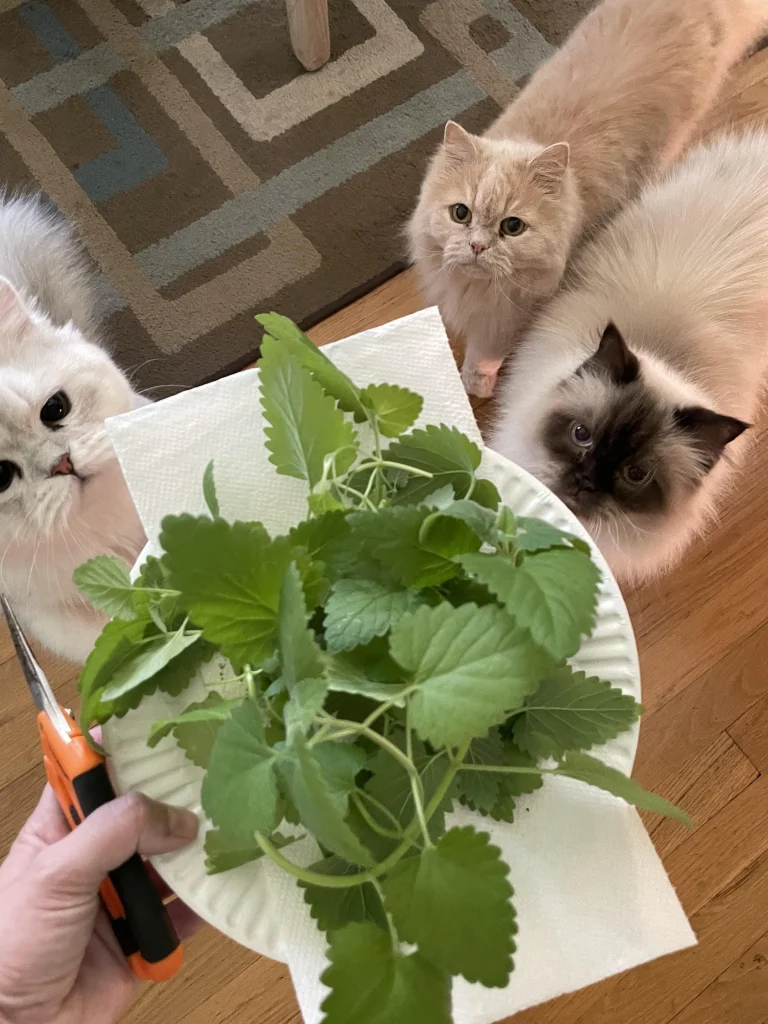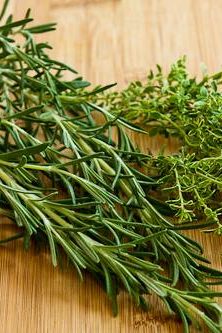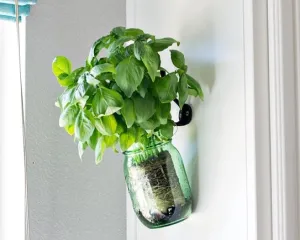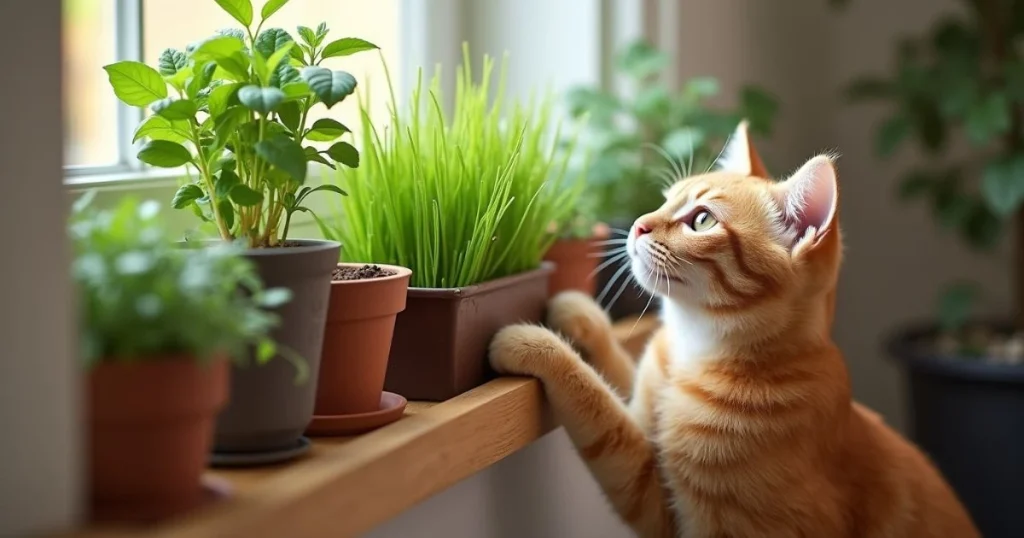Are you a devoted cat parent who loves to garden? Imagine a lush herb garden thriving indoors or outdoors, not only enhancing the beauty of your space but also providing a safe and enriching environment for your feline companion. Creating a cat-friendly herb garden is more than just a hobby; it’s a thoughtful decision that fosters a harmonious relationship between your plants and your pet.
In this blog, we’ll explore the world of safe herbs for cats, helping you understand which plants are safe for feline consumption and how to cultivate them in a way that keeps both your herbs and your cat happy and healthy. Whether you’re a seasoned gardener or new to indoor plants, this guide will equip you with the knowledge and tips you need to create a safe and vibrant herb garden that your cat will love to explore.
Choosing Safe Herbs for Cats
When it comes to cultivating a safe herb garden for your cat, selecting the right herbs is crucial. Not all plants are safe for feline consumption, and some can even be toxic to cats. Understanding which herbs are safe and beneficial for your cat is the first step towards creating a garden that both you and your furry friend can enjoy.
Non-Toxic Herbs for Cats
Start by incorporating herbs that are completely safe for cats to nibble on. These herbs not only pose no risk to your pet but can also provide numerous benefits, from mental stimulation to mild digestive support. Here are some of the most popular non-toxic herbs for cats:
- Catnip: A perennial favorite among cats, catnip induces a mild, temporary euphoria in most cats. It’s entirely non-toxic and can be grown both indoors and outdoors.
- Cat Grass: This is essentially a type of wheatgrass, and it’s safe for cats to chew on. It’s not only a great source of fiber but also aids in hairball control.
- Basil: Not only a culinary herb, basil is also safe for cats and can add a fragrant touch to your herb garden.
- Mint: Another versatile herb, mint is generally safe for cats but should be monitored to prevent it from overpowering the garden with its strong scent.
- Parsley: Rich in vitamins and minerals, parsley is safe for cats and can be a refreshing addition to their diet.
These herbs are not only safe but can also enrich your cat’s environment. They provide a natural outlet for their instinctive behaviors, such as chewing and nibbling.


Herbs to Avoid
On the other hand, there are certain herbs that are toxic to cats and should be strictly avoided. These herbs can cause serious health issues if ingested. Common toxic herbs include:
- Chives: Even small amounts can lead to gastrointestinal distress.
- Thyme: Although not deadly, thyme can cause an upset stomach in cats.
- Rosemary: This herb is toxic to cats and can cause vomiting, diarrhea, and in severe cases, more serious health problems.
- Tarragon: Even small quantities can be harmful to cats.
Being aware of which herbs are unsafe for your cat is essential for maintaining a healthy, cat-safe garden. Avoiding these toxic herbs ensures that your cat can safely explore and interact with the plants in your garden without any risk to their health.
Setting Up a Safe Herb Garden for Cats
To create a safe and enjoyable herb garden for your cat, it’s important to consider both the environment and the setup. Whether you’re growing herbs indoors or outdoors, careful planning is essential to protect your pet. Check this out to know how to grow herbs indoor from seeds or how to make a indoor garden on wall! We have covered the process in details.
Cat-Friendly Garden Maintenance
Cat-Proofing Your Indoor Herb Garden
To protect your cat while allowing them to enjoy your herb garden, consider these strategies:
- Physical Barriers: Use fencing, netting, or mesh to keep your cat out of areas with toxic plants.
- Hang the herbs: Make a wall hanging herb garden to keep it out of your cat’s reach.
- Repellent Sprays: Spray plants with cat repellent (natural options like citronella or vinegar) to deter your cat from nibbling.
- Training Your Cat: Redirect your cat gently whenever they approach unsafe plants.
- Alternative Options: Provide cat grass or catnip, which are safe and satisfying for cats to chew on.

Herb Care and Maintenance
- Pruning and Harvesting: Regularly prune herbs to prevent them from becoming overly attractive to your cat.
- Natural Pest Management: Use neem oil or insecticidal soap to manage pests without harming your cat.
- Soil Care: Opt for organic fertilizers and compost to maintain a safe environment for your cat.
These practices help create a safe and enjoyable herb garden for both your cat and your plants.
Benefits of a Safe Herb Garden for Cats
Mental and Physical Benefits
A safe herb garden can enrich your cat’s environment by:
- Reducing anxiety and boredom: Herbs like catnip, basil, and mint provide mental stimulation and promote natural behaviors such as scratching and nibbling.
- Encouraging natural behaviors: Access to safe herbs helps your cat engage in activities that are instinctive, promoting comfort and reducing stress.

Enrichment Ideas
Incorporate herbs into your cat’s daily life:
- Catnip toys: Stimulate playfulness and mental engagement.
- Cat grass patches: Provide a safe, healthy alternative for nibbling.
- DIY projects: Create herb-filled toys or puzzle feeders to encourage exploration and interaction.
These elements enhance your cat’s well-being and create a fun, enriching environment.
Creating a safe herb garden for your cat offers numerous benefits, from mental and physical enrichment to promoting natural behaviors. Start your own cat-friendly garden today to enhance both your cat’s well-being and your home environment. Share your experiences, ask questions, and connect with others who are passionate about creating a safe space for their pets.

